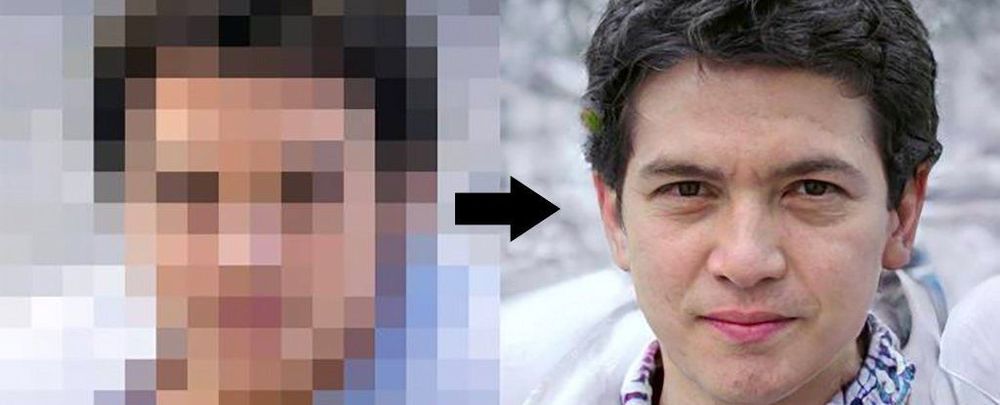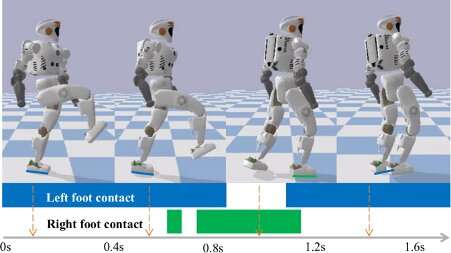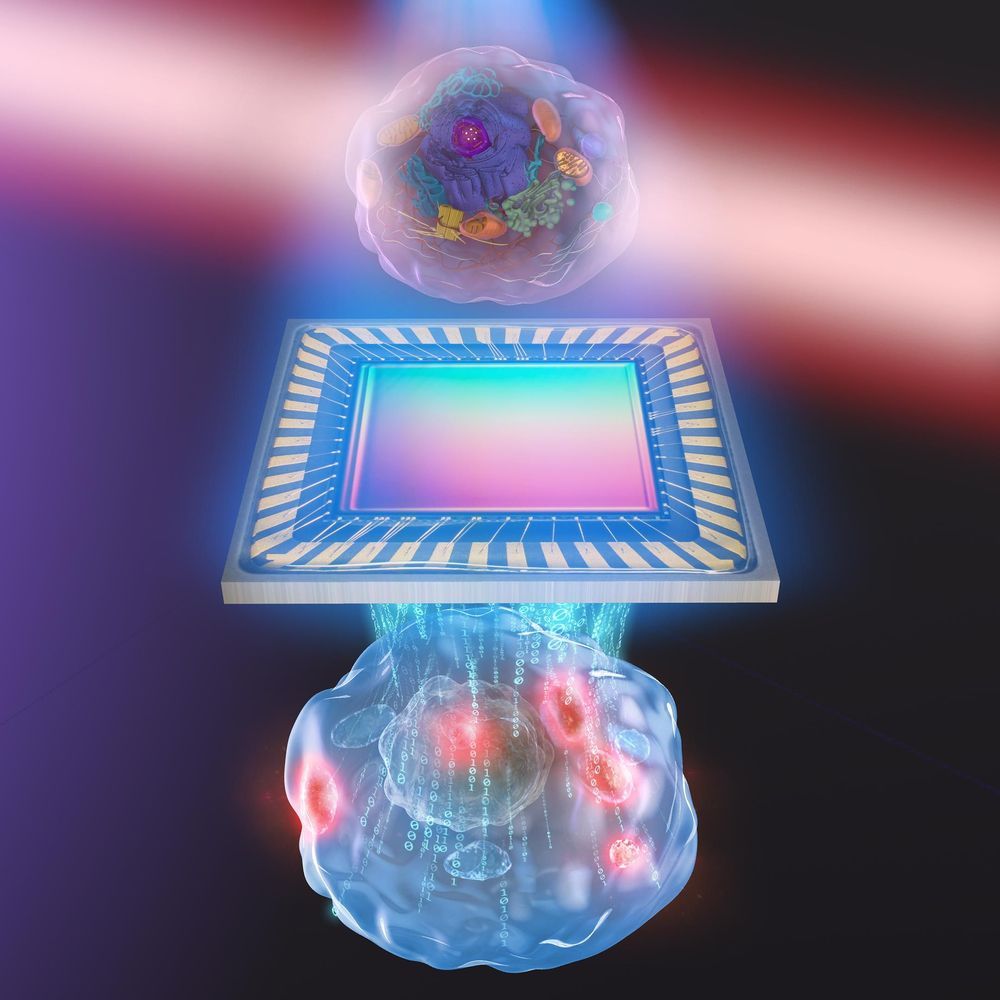NASA is eyeing up a nearby asteroid that contains enough gold to make everyone on Earth a billionaire.



A female National Guard soldier has successfully completed the final stage of the Army’s Special Forces Qualification Course (Q Course), but she’s not a Green Beret yet.
The soldier finished the grueling three-week evaluation known as Robin Sage this week, but she is still in the final counseling phase, in which she and other students receive evaluations from course staff, Lt. Col. Loren Bymer, spokesman for U.S. Army Special Operations Command, told Military.com on Thursday.
Read Next: Marine Raider Dies During Airborne Training at Fort Benning.

Artificial intelligence networks have learnt a new trick: being able to create photo-realistic faces from just a few pixelated dots, adding in features such as eyelashes and wrinkles that can’t even be found in the original.
Before you freak out, it’s good to note this is not some kind of creepy reverse pixelation that can undo blurring, because the faces the AI comes up with are artificial – they don’t belong to real people. But it’s a cool technological step forward from what such networks have been able to do before.
The PULSE (Photo Upsampling via Latent Space Exploration) system can produce photos with up to 64 times greater resolution than the source images, which is 8 times more detailed than earlier methods.
This electric hydrofoil boat from SeaBubbles is the aquatic equivalent of a Tesla!

In recent years, many research teams worldwide have been developing and evaluating techniques to enable different locomotion styles in legged robots. One way of training robots to walk like humans or animals is by having them analyze and emulate real-world demonstrations. This approach is known as imitation learning.
Researchers at the University of Edinburgh in Scotland have recently devised a framework for training humanoid robots to walk like humans using human demonstrations. This new framework, presented in a paper pre-published on arXiv, combines imitation learning and deep reinforcement learning techniques with theories of robotic control, in order to achieve natural and dynamic locomotion in humanoid robots.
“The key question we set out to investigate was how to incorporate useful human knowledge in robot locomotion and human motion capture data for imitation into deep reinforcement learning paradigm to advance the autonomous capabilities of legged robots more efficiently,” Chuanyu Yang, one of the researchers who carried out the study, told TechXplore. We proposed two methods of introducing human prior knowledge into a DRL framework.”
Back in the Sixties, one of the hottest toys in history swept America. It was called Etch-A-Sketch, and its popularity was based on a now-laughably simple feature. It was a handheld small-laptop-sized device that allowed users to create crude images by turning two control knobs that drew horizontal, vertical and diagonal lines composed of aluminum particles sealed in a plastic case. It allowed experienced artists to compose simple and sometimes recognizable portraits. And it allowed inexperienced wannabe artists who could barely draw stick-figure characters to feel like masters of the genre by generating what, frankly, still looked pretty much like mush. But Etch-A-Sketch was fun, and it went on to sell 100 million units to this day.
Six decades later, researchers at the Chinese Academy of Sciences and City University of Hong Kong have come up with an invention that actually does what so many wishful enthusiasts imagined Etch-A-Sketch did all those years ago.
DeepFaceDrawing allows users to create stunningly lifelike portraits by inputting loose, non-professional, roughly drawn sketches. It requires no artistic skills and no programming experience.

The Spot Explorer is likely not coming to a workplace near you. The high price point makes it impractical to all but a few institutions, like high-end construction firms, energy companies, and government agencies. But just seeing out in the world, doing more than dancing to “Uptown Funk,” is surely a sign of progress.
These viral robots have ranked up big YouTube numbers for years. Now, they’re about to start their day jobs.

One of the human body’s greatest features is its natural antivirus protection. If your immune system is working normally, it produces legions of T-cells that go around looking for abnormalities like cancer cells just to gang up and destroy them. They do this by grabbing on to little protein fragments called antigens that live on the surface of the bad cells and tattle on their whereabouts to the immune system. Once the T-cells have a stranglehold on these antigens, they can release toxins that destroy the bad cell, while minimizing collateral damage to healthy cells.
This rather neat human trick doesn’t always work, however. Cancer cells sometimes mask themselves as healthy cells, or they otherwise thwart T-cell attacks by growing so many antigens on their surface that the T-cells have no place to grab onto.
Medical science has come up with a fairly new method of outfoxing these crafty cancer cells called CAR T-cell therapy. Basically, they withdraw blood from the patient, extract the T-cells, and replace the blood. The T-cells are sent off to a CRISPR lab, where they get injected with a modified, inactive virus that introduces a new gene which causes the T-cells to sprout a little hook on their surface.

No damage caused by strong light, no artificial dyes or fluorescent tags needed.
The insides of living cells can be seen in their natural state in greater detail than ever before using a new technique developed by researchers in Japan. This advance should help reveal the complex and fragile biological interactions of medical mysteries, like how stem cells develop or how to deliver drugs more effectively.
“Our system is based on a simple concept, which is one of its advantages,” said Associate Professor Takuro Ideguchi from the University of Tokyo Research Institute for Photon Science and Technology. The results of Ideguchi’s team were published recently in Optica, the Optical Society’s research journal.